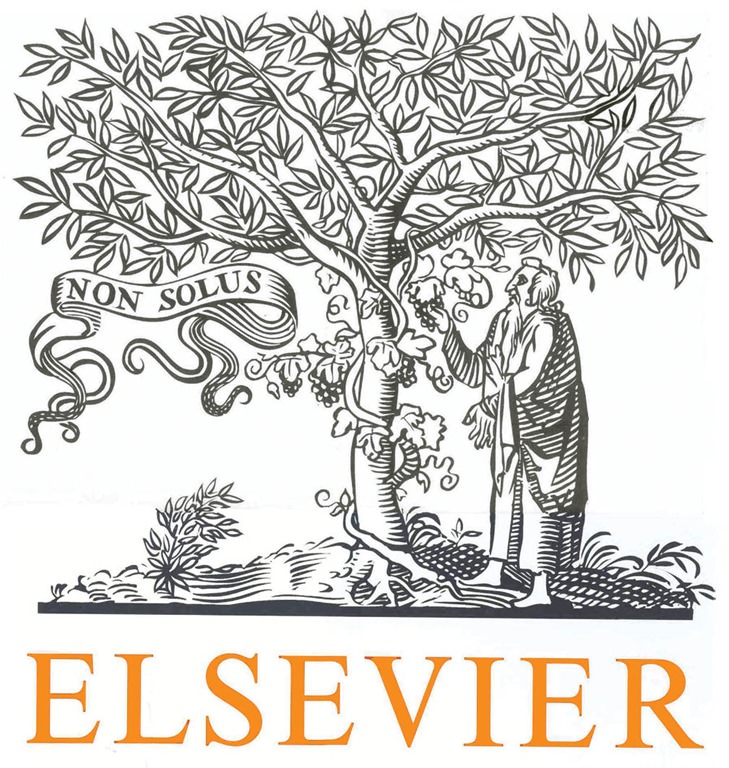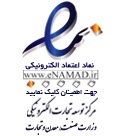7. Conclusions
Enterprises across the globe are spending a lot of time, effort and money to set up their reverse supply chains. A reverse supply chain is made up of a series of activities that are required to retrieve used products from customers, either for disposal or reuse. Reverse supply chains are setup either because of environmental considerations or customer pressures or economic incentives. The main contribution of our study is the development of a generalized mathematical model for the design of a reverse supply chain that can (a) accommodate variations in input parameters over time, and (b) accommodate multiple recovery options simultaneously.
Our model will assist with decisions on the location of reverse logistics facilities while, simultaneously, maximizing profits. Since our model explicitly considers the product BOMs, our expectation is that decision makers will be able to take advantage of component commonalities among different products and analyze the flow at component and material levels between different pairs of entities in the network. This in turn, should enable the decision maker to decide on the usage of appropriate mode of transportation between different facilities of the network. By way of a detailed sensitivity analysis, this work also provides insights into the effect of input parameters on the profit function.
By validating the model with the network design for used refrigerators, we establish its practical relevance. From the results, it is clear that our model is robust enough to accommodate variations in inputs up to a limit of ± 15% in the cost structure and ± 20% in the product return quantity.








